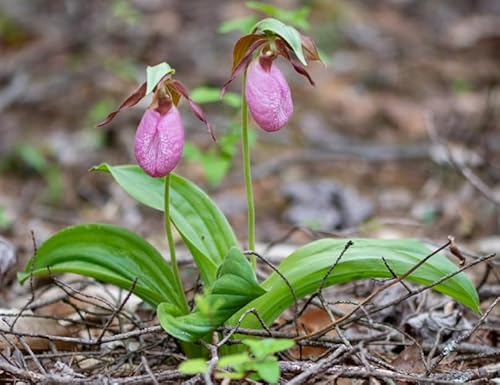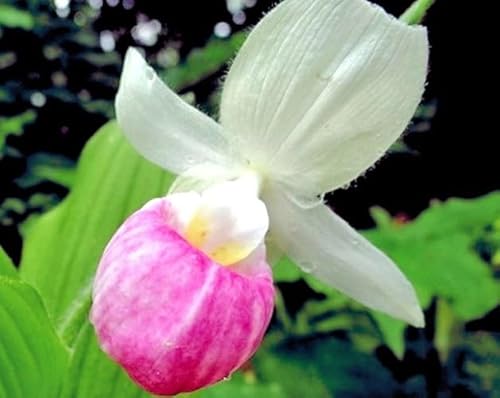Stone
Well-Known Member
Just a couple of points.
Rain water has been shown to contain sometimes high levels (often higher levels than ocean water) of disolved elements picked up from the sea and air- bourne dust during storms (monsoons,hurricanes etc.).
These minerals including Na, Ca, and K are then depostited over forests in the rain. If this is the case, and given that we know that plants can acumulate levels of K beyond luxury levels more easily than they can Ca., Where is all the K that must have been arriving over these areas during the past billion years?
Rick, the data you speak about is concerning dead leaf litter? Heavy rain can leach K from humus. Do you have any info on live tissues? It seems we are only going to know the REAL nutritional reqirements of Paphs if someone goes out into various habitats and analyizes healthy wild paph leaves in at least 2 different eco systems. (limestone and non limestone) After all we have all seen good specimens of paphs grown in such a wide variety of mixes and fertilizer regimes that we are stuck with speculation.
Roth seems to have access to wild collected plants?
I'm not saying, I'm just saying
Mike.
Rain water has been shown to contain sometimes high levels (often higher levels than ocean water) of disolved elements picked up from the sea and air- bourne dust during storms (monsoons,hurricanes etc.).
These minerals including Na, Ca, and K are then depostited over forests in the rain. If this is the case, and given that we know that plants can acumulate levels of K beyond luxury levels more easily than they can Ca., Where is all the K that must have been arriving over these areas during the past billion years?
Rick, the data you speak about is concerning dead leaf litter? Heavy rain can leach K from humus. Do you have any info on live tissues? It seems we are only going to know the REAL nutritional reqirements of Paphs if someone goes out into various habitats and analyizes healthy wild paph leaves in at least 2 different eco systems. (limestone and non limestone) After all we have all seen good specimens of paphs grown in such a wide variety of mixes and fertilizer regimes that we are stuck with speculation.
Roth seems to have access to wild collected plants?
I'm not saying, I'm just saying
Mike.
Last edited:













